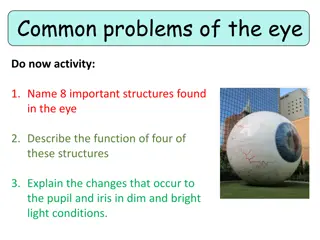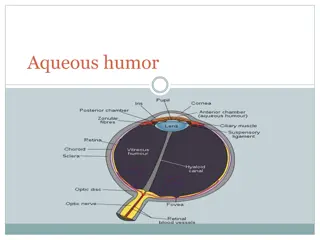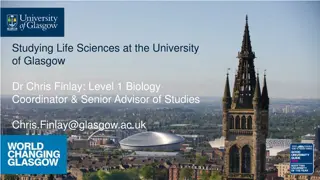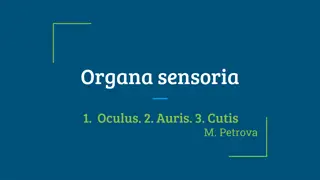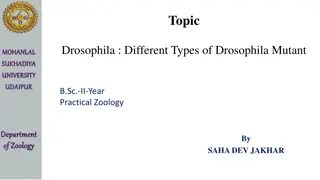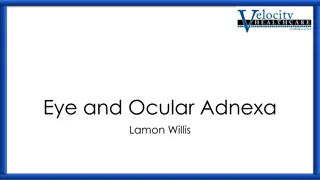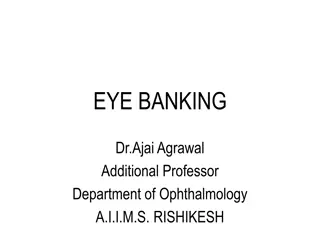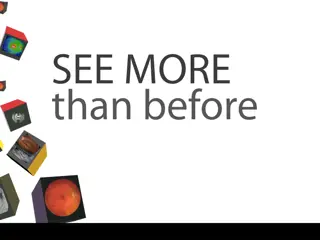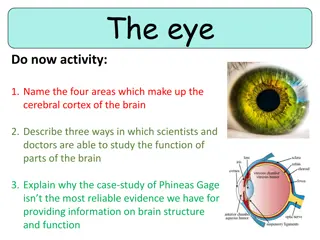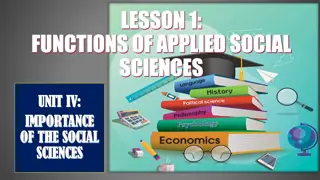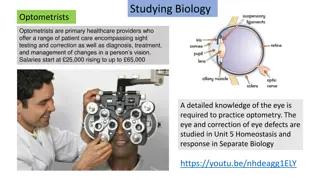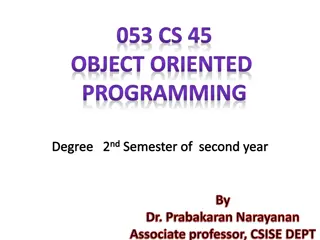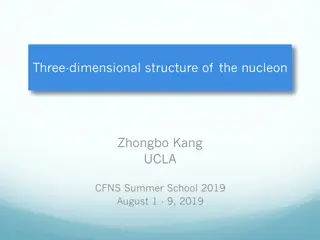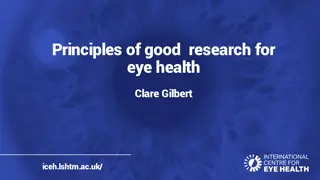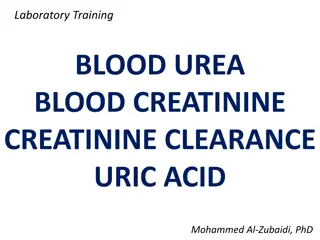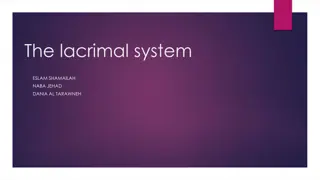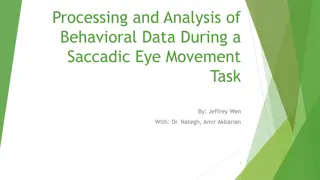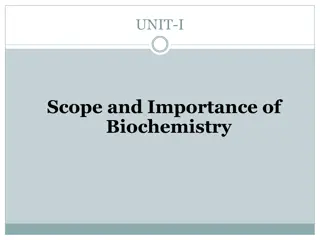Understanding the Structure and Function of the Human Eye in Life Sciences
Explore the fascinating world of the human eye, diving into its intricate structure and vital functions. Learn about the adaptations of different eye parts and concepts like binocular vision and stereoscopic vision. Delve into key terminologies, the location of the eye, and the detailed anatomy that enables us to see the world around us.
Download Presentation

Please find below an Image/Link to download the presentation.
The content on the website is provided AS IS for your information and personal use only. It may not be sold, licensed, or shared on other websites without obtaining consent from the author. Download presentation by click this link. If you encounter any issues during the download, it is possible that the publisher has removed the file from their server.
E N D
Presentation Transcript
EYE STRUCTURE AND FUNCTION SUBJECT : LIFE SCIENCES LEAD TEACHER : SOTSAKA .M DISTRICT : O.R TAMBO INLAND
Examination guidelines Examination guidelines
LESSON OBJECTIVES Study the structure and functions of different parts of the human eye. Explain the structural adaptations for the various parts to perform their functions. Explain Binocular vision and stereoscopic vision.
Terminology and definitions Refraction: bending of light when light passes through a lens. Photoreceptors: receptors in the eye that convert light stimuli into nerve impulses. - Photoreceptors are located on the retina of the eye and are called rod and cone cells. Binocular vision: the process of looking at an object with both eyes, creating a single visual image. - Stereoscopic vision: the ability to see the depth and solidity of objects and create a three dimensional presentation of the object.
Suspensory ligaments Attaches lens to the ciliary body, helps to alter the shape of the lens Ciliary body and muscle Enables the lens to change its shape Sclera Outer covering (the white) of the eye. Protects the inner parts of the eye Attachment of the eye muscles. Choroid Middle layer, continuous with ciliary body and iris, has dark pigment to absorb light within the eye. Has blood vessels to provide nutrients and ?2 Fovea/Yellow spot Has only cones Site for clear vision Pupil Opening in Iris allowing light to enter inner eye. Cornea Transparent, curved front of the eye. Refracts the light rays which enter the eye. Retina Inner layer of the eye, contains eye photoreceptors (rods and cones). Site for which the image is formed. Helps to convert light stimuli to impulses. Optic nerve carries impulse from retina to the cerebrum Aqueous humour Contains clear fluid that gives shape to the cornea. Also supply nutrients and oxygen. Iris Pigmented muscular structure Consists of inner rings called circular muscles and outer layer of radial muscles Regulates the amount of light entering the eye (pupil). Lens Vitreous Humour Jelly-like structure, helps to maintain shape of the eyeball. Plays minor role in refracting light rays. Blind spot No photoreceptors. No vision occurs here. Elastic, transparent, biconvex structure. refracts light and focus it to the retina. THE STRUCTURE OF THE HUMAN EYE
Process of seeing an object Cornea Aqueous humour rods conjunctiva Light reflects on object pupil lens retina vitreous humour cones optic nerve cerebral cortex
BINOCULAR VISION Binocular vision is vison in which both eyes are used together Our eyes are placed some distance apart, creating the ability to observe two separate images. Since each eye forms an image, the two images are combined to form a three dimensional (stereoscopic) presentation of the object. One of the advantages of binocular vision is that it gives a wider field of view and helps the person to estimate the size, distance and depth (stereoscopic) of the object.
ACTIVITY 1 1.1 The diagram below represent the structure of the human eye Give the LETTER and NAME of the part which: 1.1.1 regulates the amount of light entering the eye (2) B-Iris 1.1.2 Supplies food and oxygen on the eye D-Choroid (2) D 1.1.3 Transmits impulses to the brain E-Optic nerve (2) A Light stimuli C 1.1.4 Contains cones and is the area of clearest vision. (2) C-Fovea / yellow spot E B 1.1.5 Assists in the refraction of light rays A-Cornea (2) Structure of the human eye
ACTIVITY 2 2.1.1 Name the parts in the correct sequence through which light passes in order to reach structure H. (Mentionthe Letter and Name in your answer. (3) - Light has to pass through B-cornea , C-pupil and G-lens before reaching H the retina 2.1 The diagram below represent the structure of the human eye. 2.1.2 Explain the consequences if the light rays were to fall on part F - No receptors present - No image will be formed / cannot see the object - Light will not be converted into an impulse (3) 2.1.3 Explain two ways in which the lens is structurally suited to perform its function. (4) - Lens is elastic therefore can change shape /convexity/allow for accommodation - Lens is transparent to allow light rays to pass through - Lens is biconvex to refract light rays Structure of the human eye





